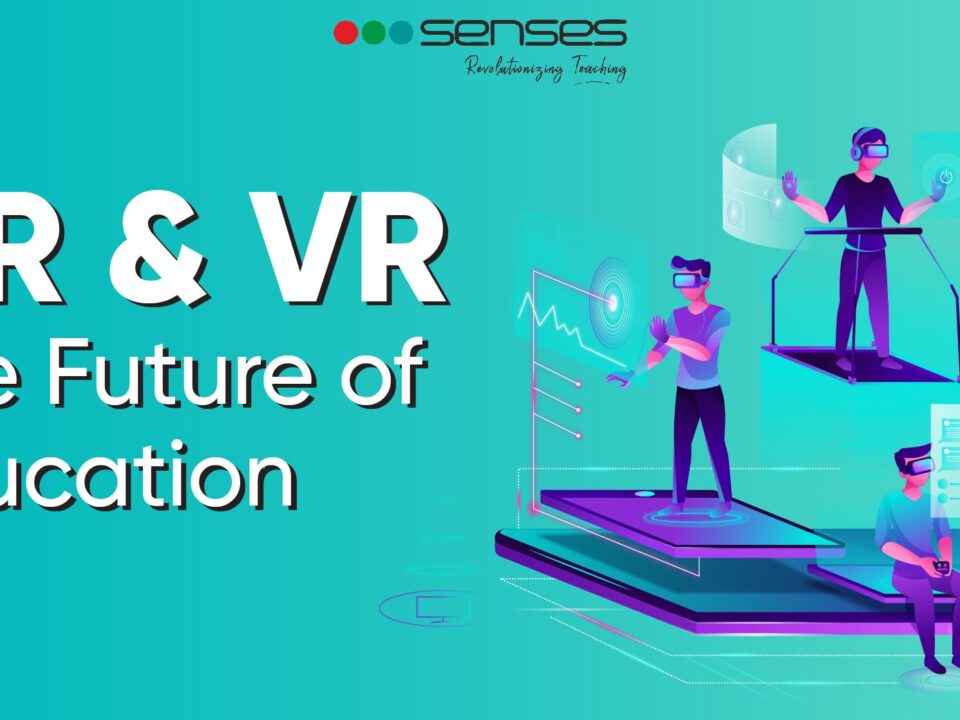4 Things All Project-Based Learning Teachers Should Do

4 Things All Project-Based Learning Teachers Should Do
Due to the lockdown in almost all countries, the time spent by people on social media increased drastically. A recent report from SEJ showed that Instagram is witnessing a high rise and is expected to be the most used social media resultant of the stay at home orders. Well, with enough spare time at our disposal, we all look up random things on the internet for the sake of it.
That is when I read about the story behind Instagram. So, the founder of Instagram was a regular employee who created an HTML5 prototype for sharing images, because he was teaching himself how to code. Systrom called this application ‘Burnbn’ which later on went to become Instagram after making several changes and relaunching itself as a mobile social media photo-sharing application. Now, it is quite astonishing that something so huge today, has millions of users, and generates big money in revenues, started out as a project. This shows the reason why Project-based learning is becoming quite a trend these days.
Project-based learning is a pragmatic pedagogical approach designed to be student-centric by fixating the focus of the learners on utilizing their skills and experience for creating project solutions that are aimed at solving real-life problems. This approach has gained quite some popularity because of its dynamic nature. In fact, Project-based learning scored a solid 8.8 out of ten points in the Most Popular Trends in Education. PBL is a unique technique, and for it to be implemented accurately and derive effective results, it is important that the educators and the teachers ensure that they can deliver action with utmost optimality. These educators are also to be uniquely equipped to provide high-quality mentoring. Let us look into the 4 things that all project-based teachers should do.
1. Collaborate with students in mapping out a plan
While implementing PBL, teachers should sit down with students, discuss with them the problems that they as students or members of the society face on a day to day basis, and chalk out a plan of action to develop a solution that would curb the issue. For example, the restaurant industry was completely shut down after the emergence of the pandemic, and when things eased up a little, the face of the sector had changed. Which is why this restaurant in Amsterdam constructed two-person tables within glasshouses, with zero-contact servings to maintain social distancing.
Also, at a young age, kids do not even realize or recognize their dominant skills and attributes, so the teachers should assist them in identifying the skills that were in the hindsight and proportionally direct them towards a course of action. Teachers should also promote collaboration among other students who can complement each other’s talents when working on a single project.
2. Be an instructional facilitator
Even PBL emphasizes on students creating solutions in the form of projects, by themselves so that they can learn concepts practically, students would still need guidance. Therefore, teachers should be instructional facilitators to students by equipping them with the necessary resources and mentoring them along the pathway until they reach the destination. After all, they are students and they are going to need a teacher to give them some sets of instruction and walk them through the project lifecycle. This includes giving students insights on different topics and modules and facilitating them to leverage those into practicality. For example, teaching students basic coding and providing them with tool kits to develop a mini drone to watch the crops during monsoon.
3. Create a thinking ecosystem
A thinking ecosystem is one of the most essential facets of the PBL approach. Take a session where you can hold a discussion about one thing each that students failed at doing in the past, and brainstorm to identify innovative solutions for those things. Such sessions will stimulate the brains of the learners and encourage them to think of different scenarios and questions which can be turned into projects. The students should also be motivated to assess their projects and examine any loopholes. This will teach them independence along with the significance of collaboration. It is like, when the Eiffel Tower was built, it was built to be the centerpiece for the World’s Fair in Paris and to be demolished after a few years. But today, the Eiffel Tower is not only a worldwide tourist attraction point, but it is also home to over 120 antennas that broadcast TV and radio to the entire city and beyond because of its sky-touching height which was a benefit discovered later to avoid demolition.
4. Coach the students on the learnings from their project
We discussed Instagram and its inception, in the beginning, now let’s look into it a little deeper. Systrom, the founder of Instagram, originally Burbn after partnering up with the co-founder Krieger did a lot of research about the best-in-class applications that were taking over the market place and made several iterations to the original app. They worked on it tirelessly and tested the app within friends. The original app was stripped down to its abilities and features and that is how Instagram came into existence. This shows how important it is to teach students about the strong points, developing points, and replacement-needing points of their project. And teachers should coach the students to identify these attributes and capabilities to ensure they develop the necessary skills and additional knowledge required to make their projects reach the potential.
PBL is not only about promoting project building, it is also about promoting the individual journey that students need to take to reach the brim of the success barrel. Hence, it is vital that teachers indulge in this process and reflect upon the students, their ideas, and efforts to construct models.



